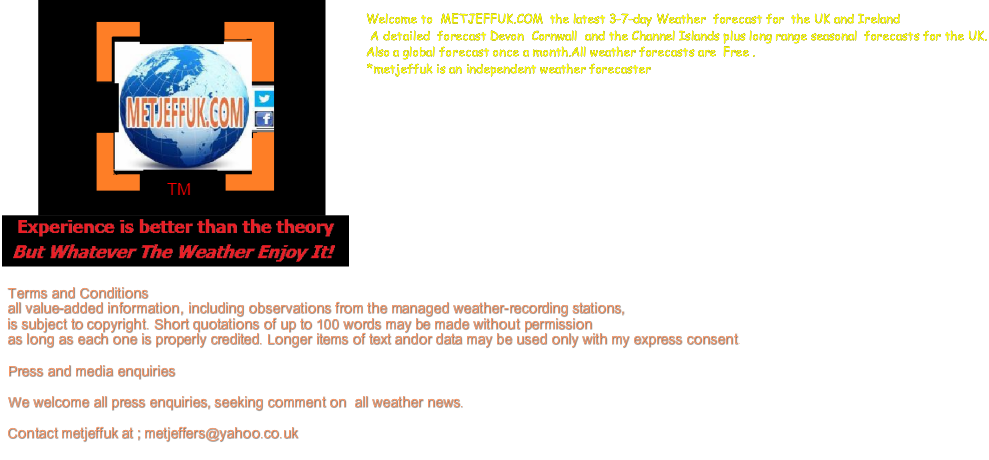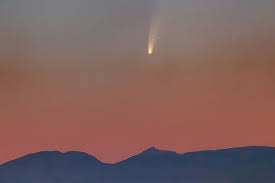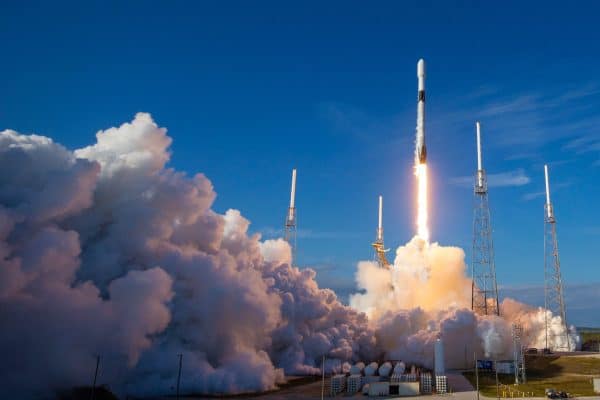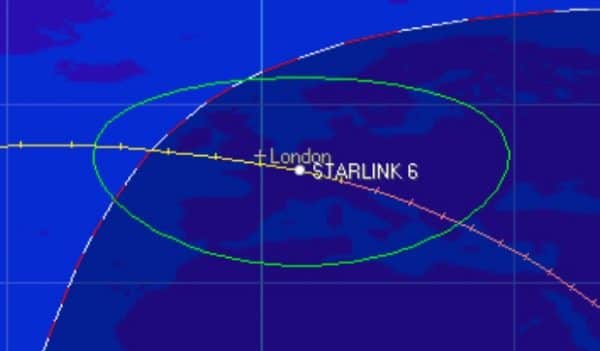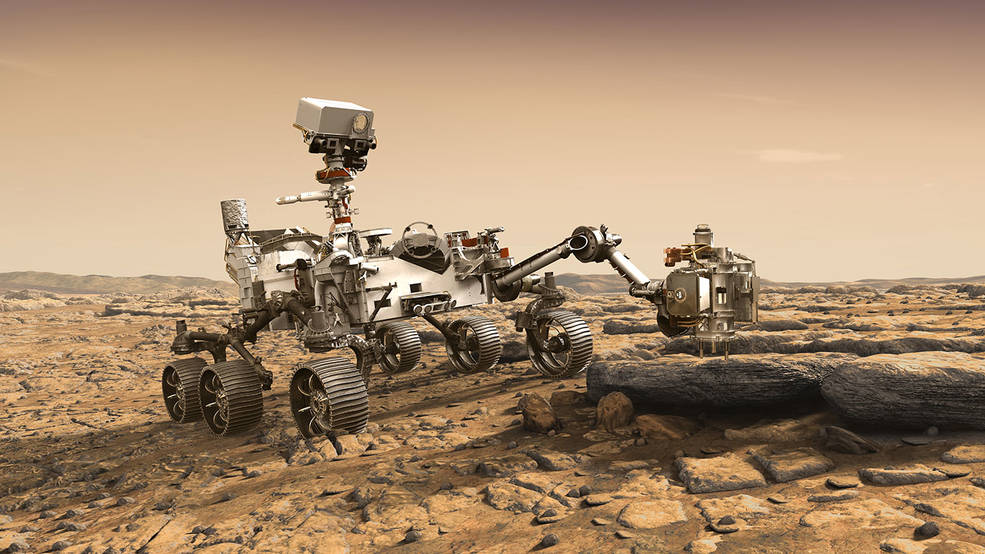https://twitter.com/i/status/1362274214707924993
ʻOumuamua was the first interstellar object discovered near Earth that came from outside the solar system, looking nothing like the asteroids and comets that we have seen from within the solar system.
www.accuweather.com/en/videos/space/harvard-professor-says-alien-object-may-have-passed-through-our-solar-system/3VzyYquh?utm_campaign=accuweather&utm_medium=social&utm_source=twitter
youtu.be/sl2jo1bSxl8?t=66
LOOK AT THIS JUST IN FROM NASA MARS FOOTAGE.
https://alien-star.org/science/nasa-just-released-breathtaking-footage-from-mars-recorded-between-february-and-april-2020/?fbclid=IwAR0xG-idYe9-ohG1hbhQ8iQTKovOgQZf0d3O_uEvt6UV8dsmU-BvOgJNYr4
For the next week or so, NEOWISE will be strictly a predawn target. To see it, head outside at least 45 minutes before sunrise and look just above the north eastern horizon. The bright star Capella can serve as a marker, as the comet lies just below it, while the brilliant planet Venus is visible to the east.In about a week’s time, the comet will move to the evening sky, this will make it easier to spot in the north western sky after sunset, beneath the stars of the Big Dipper.
www.facebook.com/112744600471876/videos/1165388033841714/
https://twitter.com/i/status/1270025954451128321
https://www.teslarati.com/spacex-crew-dragon-nasa-astronauts-return-date/
Latest Starlink times ( if it goes to plan)
NASA Invites Media to Launch of Mars 2020 Perseverance Rover
https://www.nasa.gov/press-release/nasa-invites-media-to-launch-of-mars-2020-perseverance-rover
Updates to Coverage of Landmark NASA SpaceX Commercial Crew Test Flight
https://www.nasa.gov/press-release/updates-to-coverage-of-landmark-nasa-spacex-commercial-crew-test-flight
CHECK OUT NASA TV ALL ABOUT SPACE
https://www.nasa.gov/multimedia/nasatv/index.html#public
HISTORY OF APOLLO
https://www.nasa.gov/mission_pages/apollo/index.html
|
|
Planet Earth - Beautiful views from space. From Ireland to Australia
|
